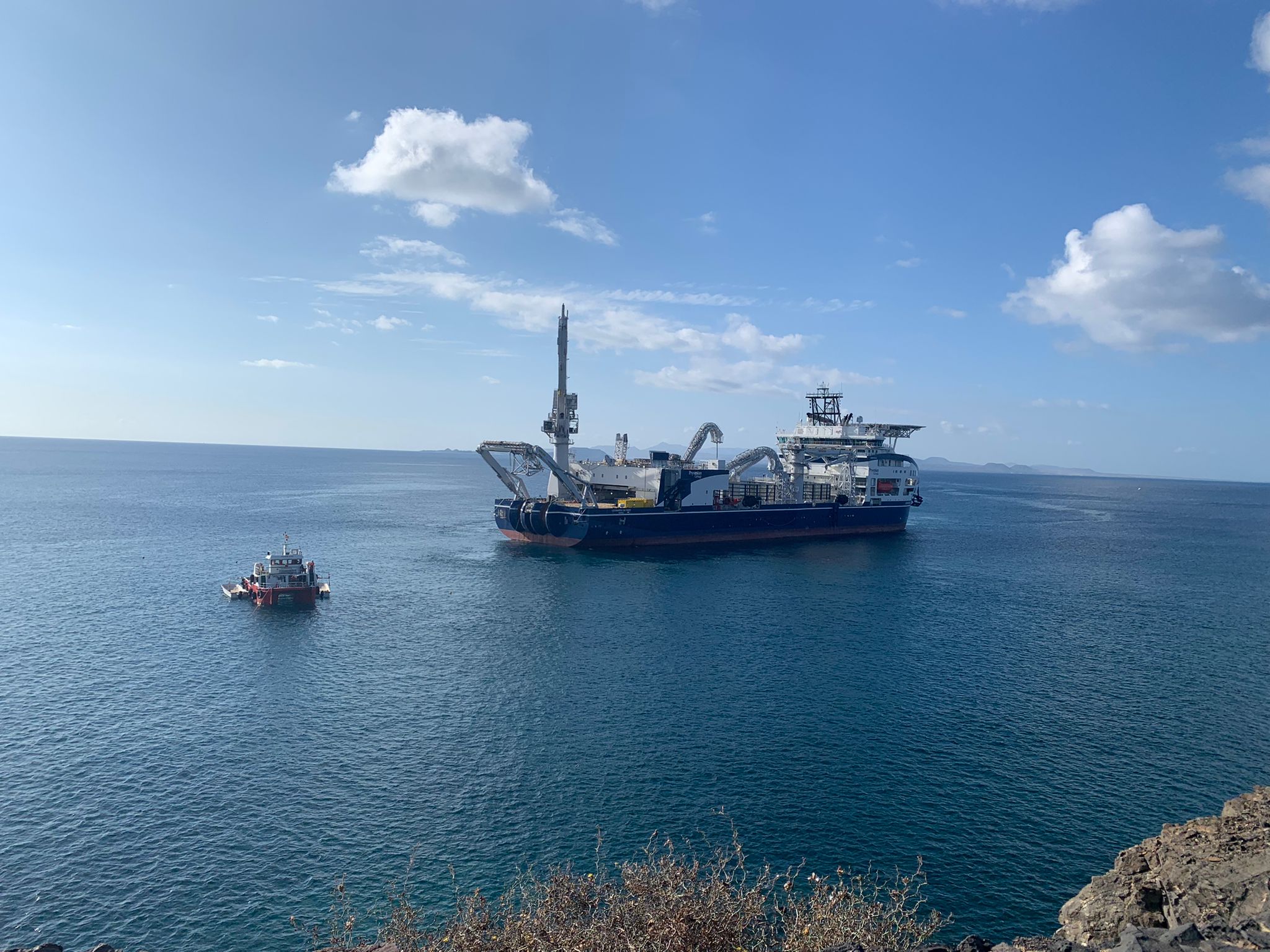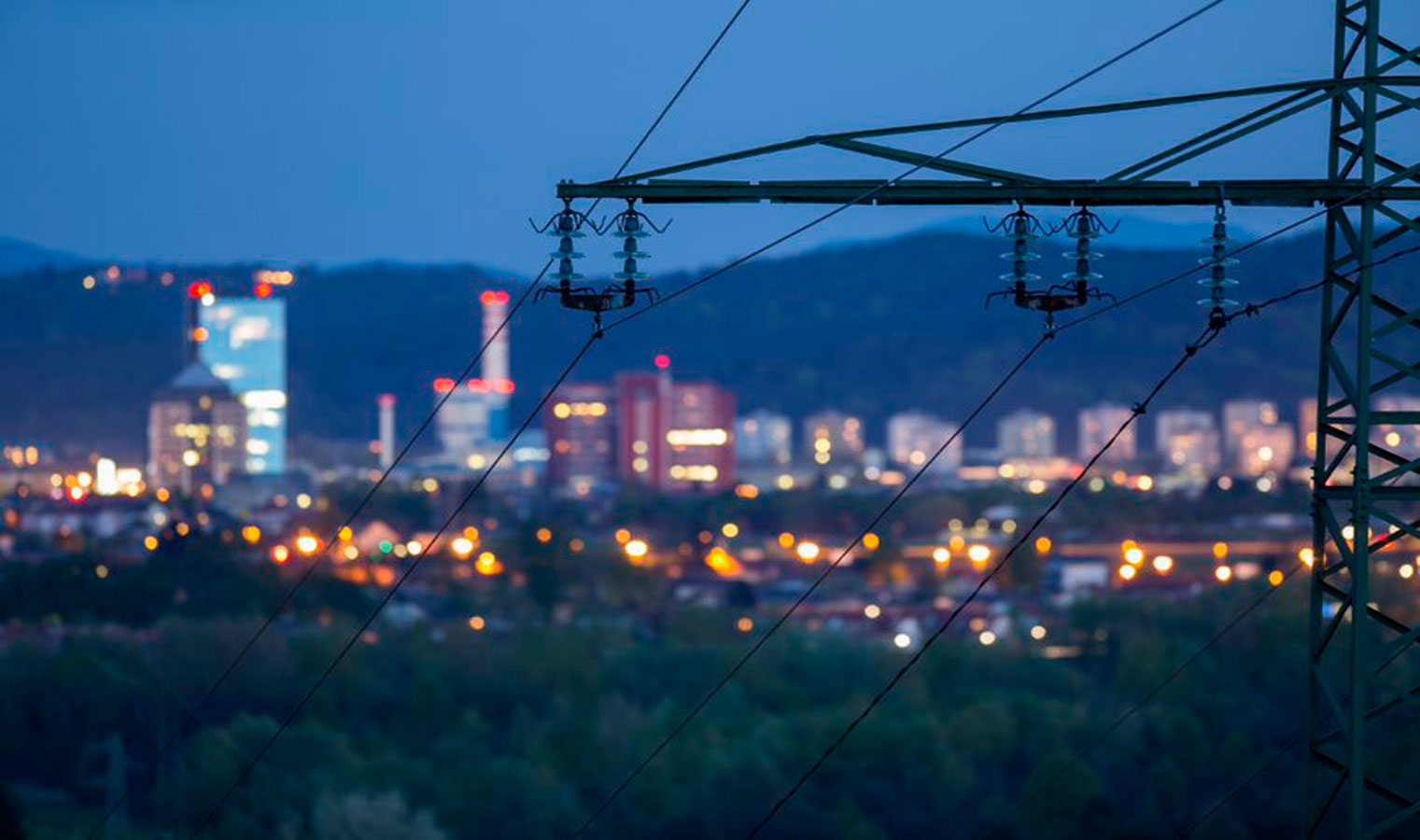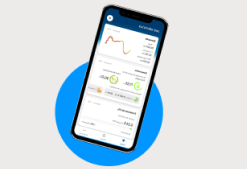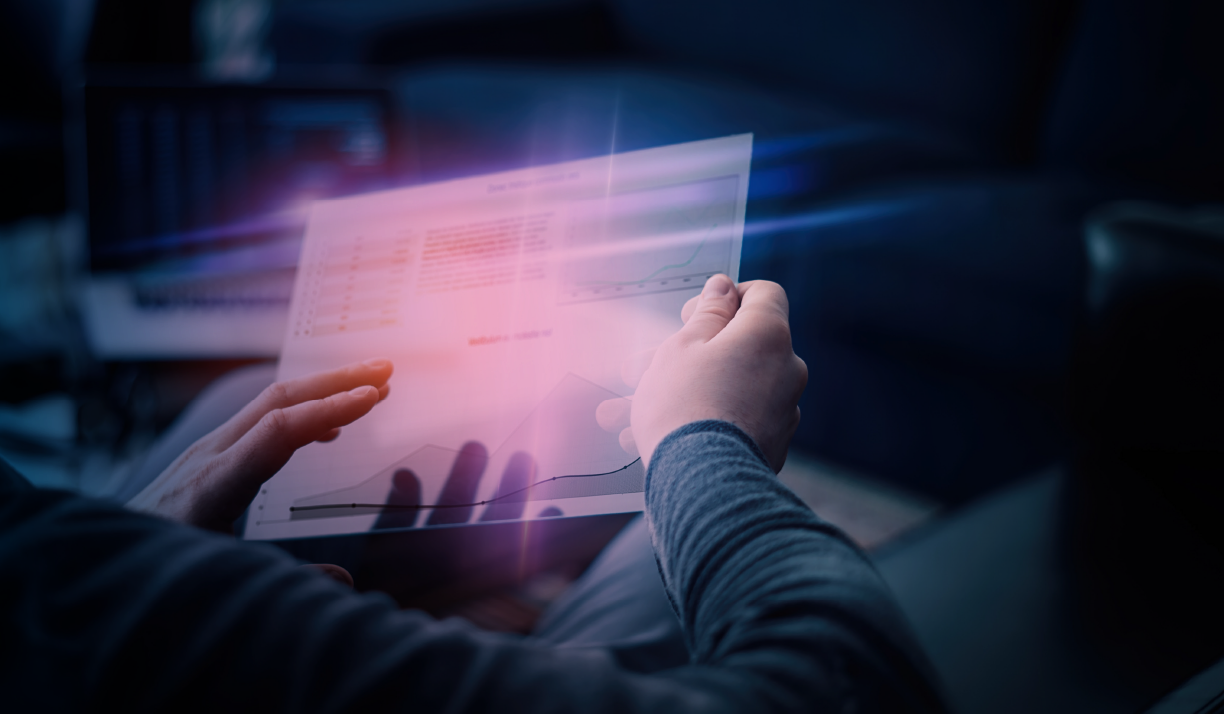For 40 years, we've been driving our country's economic and social progress. Four decades shaping Spain.
Tenerife-La Gomera Link
Tenerife-La Gomera Link
A turning point for the ecological transition of the Canary Islands, the decarbonisation of La Gomera and a renewable future for Tenerife.

A new future for the islands
The new interconnection, which is currently under construction, will allow the electrical systems of Tenerife and La Gomera to be linked, increasing their size and improving the security, reliability and guarantee of supply. Thus, the project included in Planning 21-26 will contribute decisively to the transformation of the Canary Islands electrical system into a more efficient and sustainable system by integrating renewables and reducing overall generation costs.
Thanks to this new link, La Gomera will be able to generate and integrate a renewable contingent greater than the total demand of the island, allowing the dependence on the El Palmar Thermal Power Station to be reduced and improving the quality of supply on the island.
On the other hand, the Tenerife system will be able to integrate the surplus of renewable generation from La Gomera, reducing its dependence on fossil fuels and contributing to the reduction of greenhouse gas emissions.
Outstanding figures
Length
Double-circuit line
Maximum depth
The axis consists of a 66 kV double-circuit line, with a 36 km underwater section and two underground sections at both ends, which will connect the future electricity substation at Chío (Tenerife) with the new electricity substation at El Palmar de La Gomera (La Gomera).
This is the world's deepest alternating submarine link, requiring a cable design adapted and reinforced with lightweight materials able to withstand the demanding mechanical requirements of the environment in which the cable will be installed and the installation process itself, which will take place at a depth of 1,145 metres.
Maximum environmental and coastal protection

Due to their length and technical complexity, landing of the cable on both islands has posed a technological and environmental challenge, that of ensuring the protection of the biodiversity of the waters, which is specially determined by the unique nature of its volcanic soils, which are very heterogeneous. In order to surmount this challenge, the directional drilling technique has been used, which consists of passing the underwater cable through a micro-tunnel that leads it hundreds of metres from the coast, thereby avoiding any impact on the biological populations of the coastal section being drilled.
The ground layout of the interconnection has been designed with a view to minimising the impact on the landscape and ensuring maximum protection of the vegetation and fauna in the different areas along the route, using technical solutions that respect the environment.
This infrastructure, therefore, demonstrates the firm and determined commitment of the Canary Islands to become a benchmark in the ecological transition of Spain, advancing the energy independence of the islands and consolidating the security and quality of the supply.
Find about other projects












